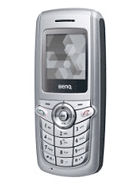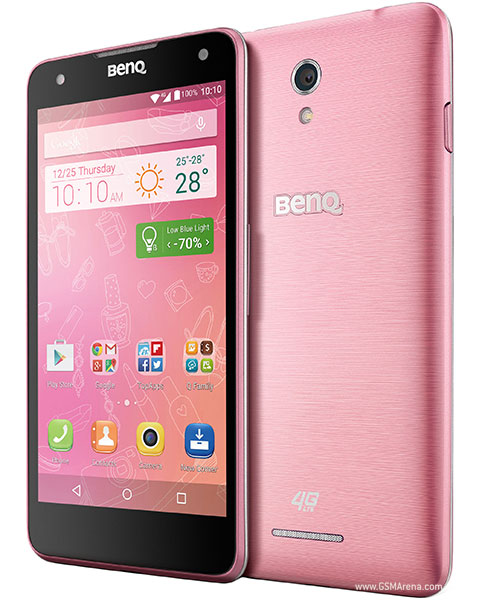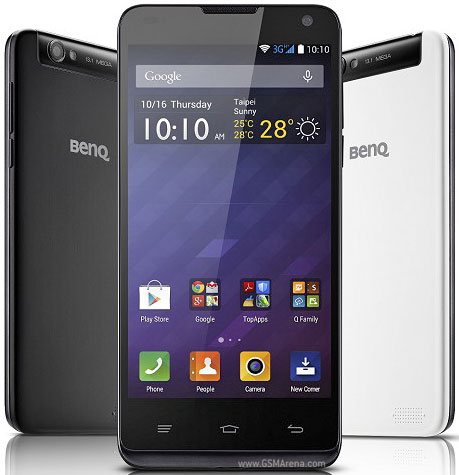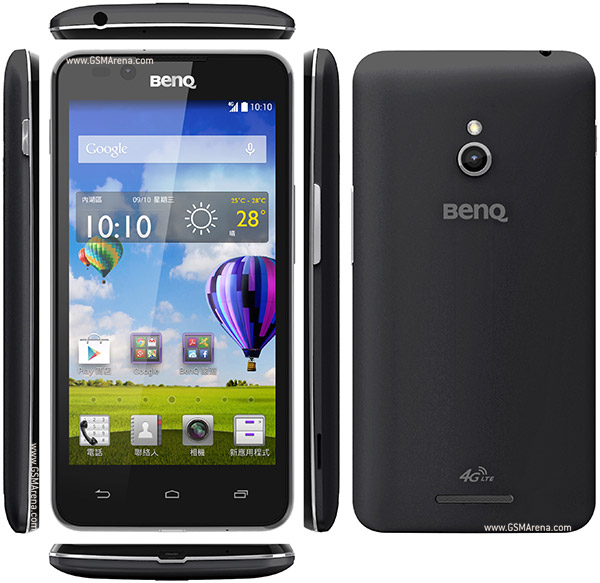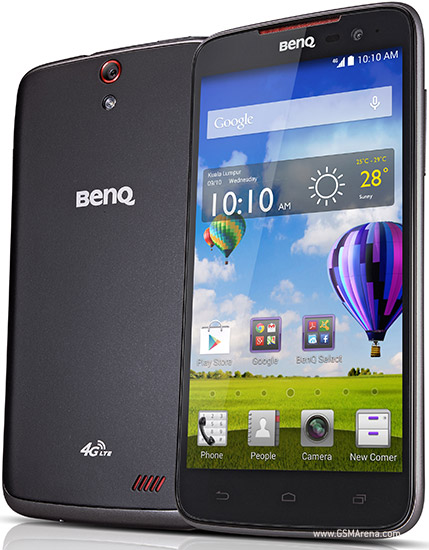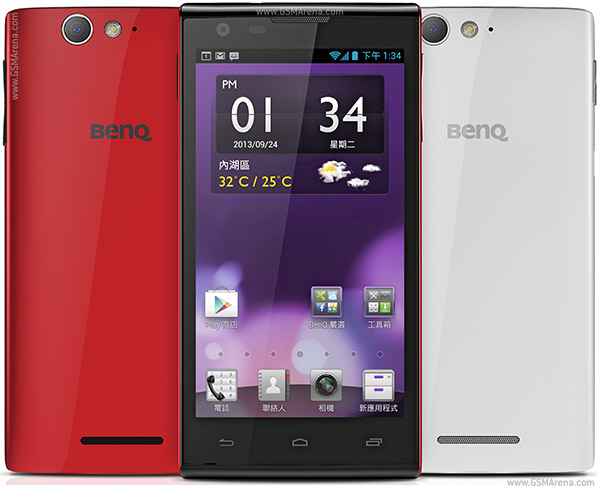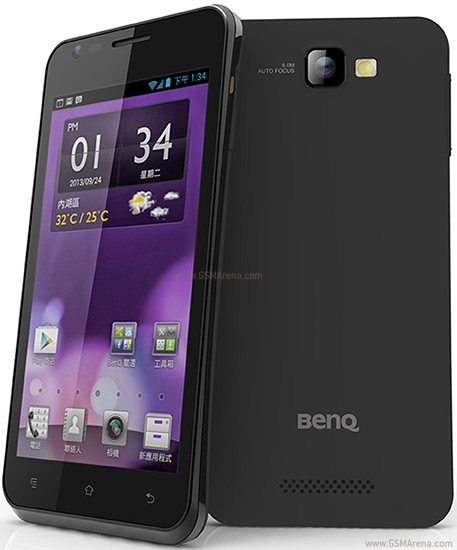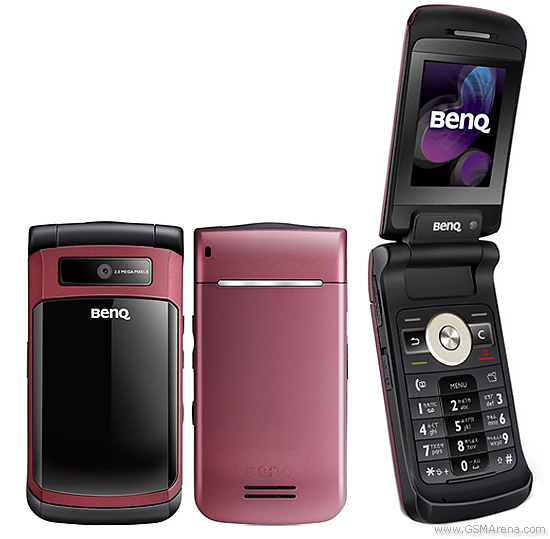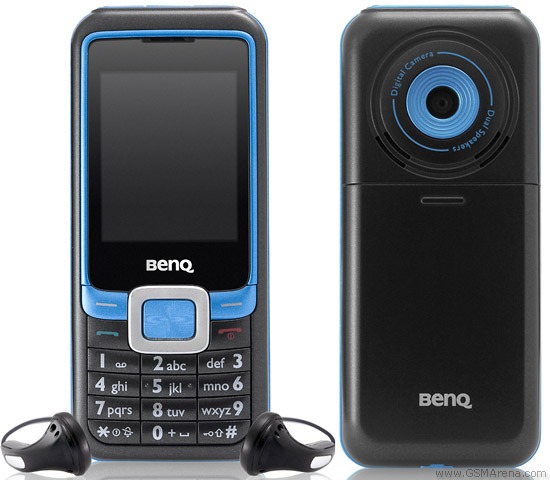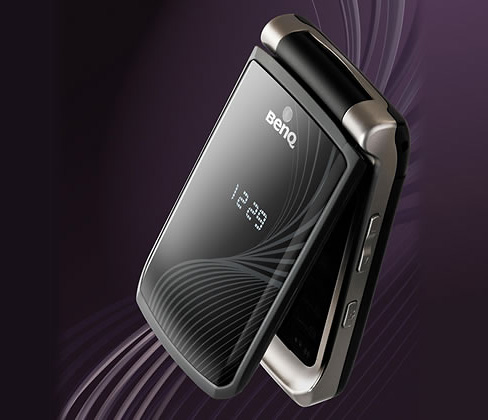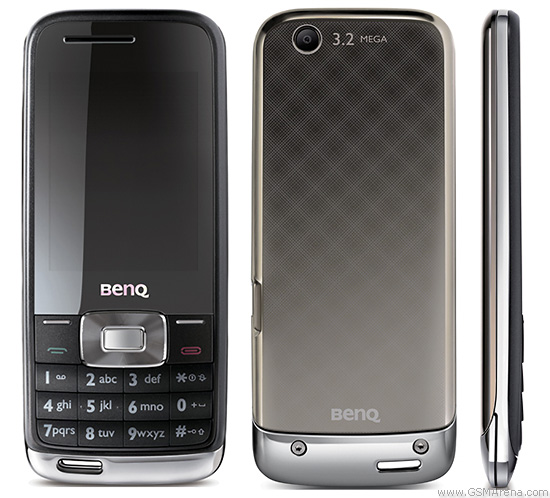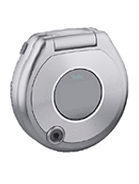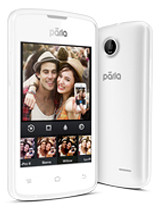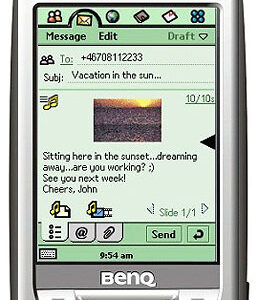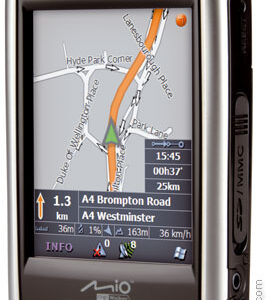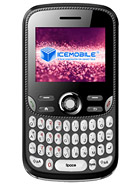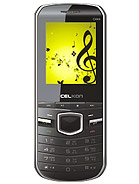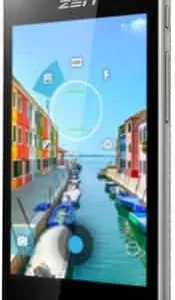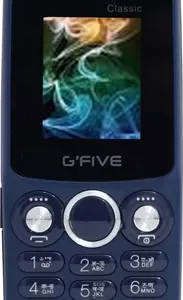BenQ M220 Overall Review
The BenQ M220, announced in Q1 2005, is a classic mobile phone known for its straightforward functionality and ease of use. Designed primarily for calling and texting, the M220 features a 1.5-inch display, sufficient for its basic functions and showing simple graphics and text. This display size and technology were quite typical for mobile phones of that era, prioritizing battery life and device compactness.
One of the key highlights of the M220 is its 760 mAh battery, which provided commendable standby and talk times, considering the phone’s minimal power requirements. The device’s simplicity extends to its user interface, which is intuitive and user-friendly, allowing quick access to the phone’s core features like the phonebook, messages, and basic organizational tools.
While the M220 lacks the advanced features found in today’s smartphones, such as high-resolution cameras, app stores, and large touchscreens, it stands out for its durability and reliability. Phones like the M220 were built to last, with a focus on providing basic mobile communication tools in a compact and easy-to-use form factor.
BenQ M220 Pros and Cons
Pros:
- Long battery life due to low power consumption.
- Compact and durable design, ideal for everyday use.
- Simple and intuitive interface, perfect for users who prefer basic functionality.
Cons:
- Very limited features compared to modern smartphones, with no camera or internet connectivity.
- Small display with low resolution by today’s standards.
- Lacks expandable storage or support for multimedia beyond basic ringtones.
